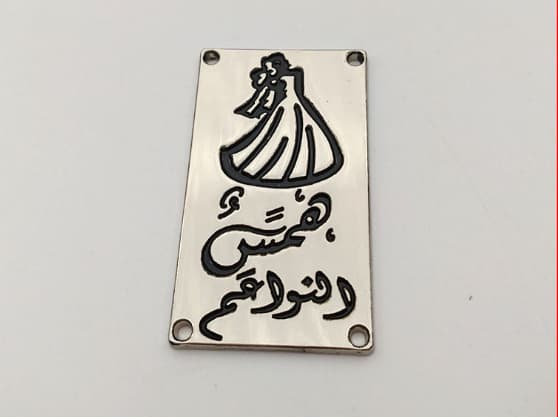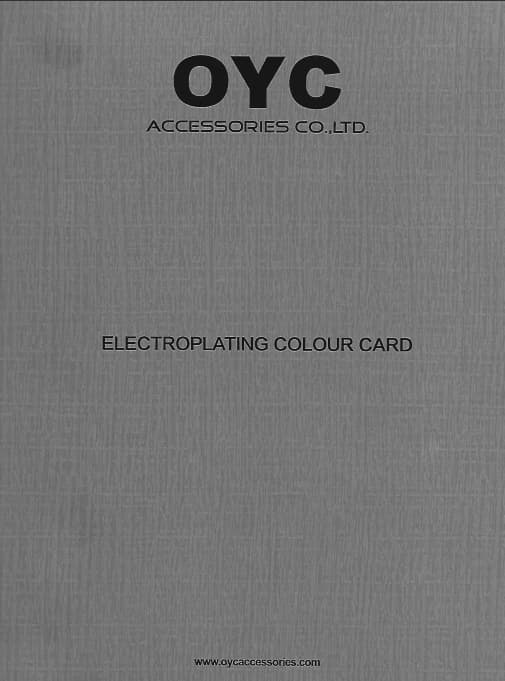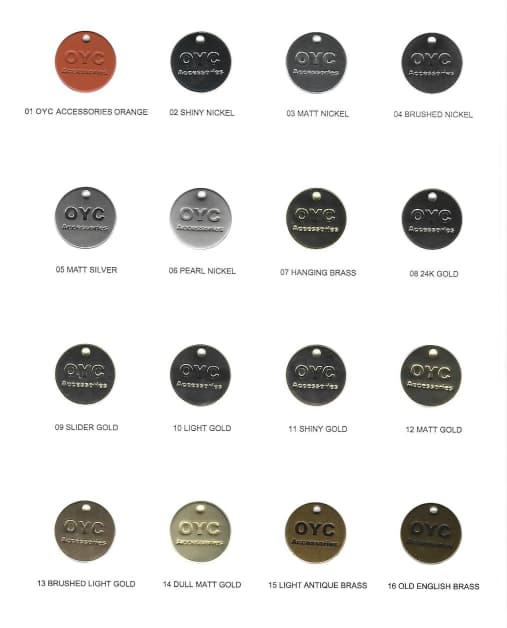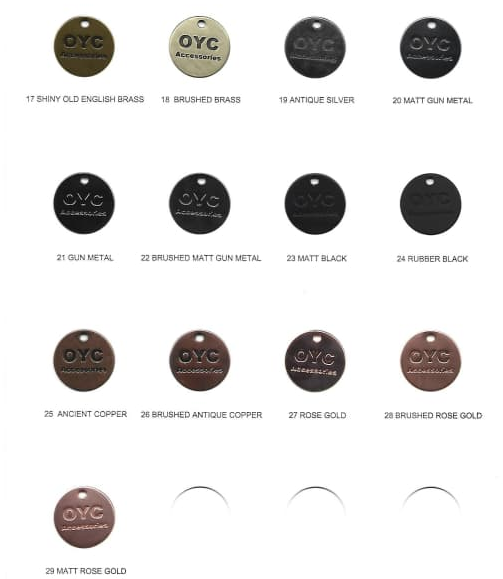How does the brand tag test for 24-hour corrosion? Non-toxic-B
Third. comprehensive testing processSample PreparationRandomly take label samples to ensure coverage of different batches, colors and materials.Record the substrate (e.g. paper, plastic, metal), ink type and post-treatment process (e.g. lamination, hot stamping) of the labels.24-hour corrosion testPerform salt spray, acid/alkali or humidity/heat cycling tests as described above and record changes in appearance and performance.Non-toxicity testChemical extraction and biological toxicity tests are performed on the samples after corrosion test and the original samples respectively.Data Analysis and DeterminationCompare the data before and after the test to evaluate whether the label meets the corrosion resistance and non-toxicity requirements.If a certain index fails, it is necessary to trace back the production process and optimize the material or process. Fourth.precautionsTest environment control: Ensure stable laboratory temperature, humidity and corrosive medium concentration to avoid external factors interfering with the results.Standard reference: Select the test method and limit value according to the regulations of the target market (e.g. EU EN 71-3, US ASTM F963, China GB 6675).Long-term verification: The 24-hour test is an accelerated test, which needs to be combined with long-term aging tests (e.g., 90 days, 180 days) for comprehensive evaluation in actual use.Through the above methods, the 24-hour corrosion resistance and non-toxic performance of brand labels can be systematically tested to ensure that they comply with safety standards and are suitable for high-risk areas such as food and children’s products.
















